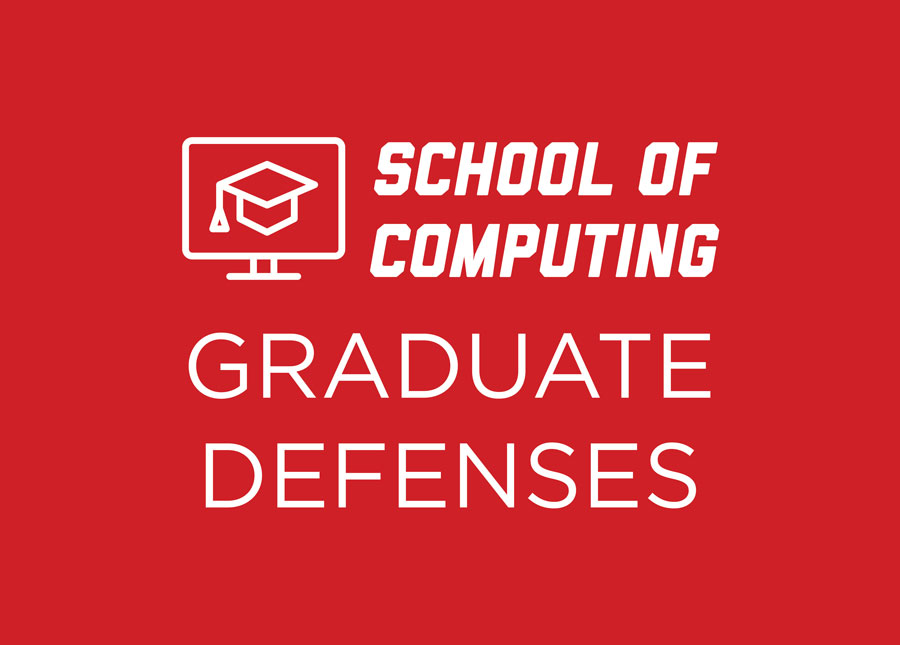
Ph.D. Thesis Defense: Mohammad Mosiur Rahman Lunar
Monday, July 21, 2025
2:00 PM
Zoom: https://unl.zoom.us/j/96533582321
Meeting ID: 965 3358 2321
“Empirical Channel Modeling and Experimentation with Deep Spectrum Prediction for Safety-Critical Connected Roadside Barrier Systems”
Data-driven methodologies are gaining significant prominence in wireless communication and networking research, particularly to meet the stringent precision requirements of safety-critical applications. This dissertation presents a comprehensive vehicular safety framework aimed at mitigating single-vehicle run-off-road (RoR) crashes by combining real-world vehicular crash data with predictive spectrum modeling.
Eight real-world vehicle-to-barrier (V2B) crash tests are conducted and analyzed. Three of these are used to characterize key wireless channel metrics, including the signal-to-interference-plus-noise ratio (SINR), received signal strength (RSS), error vector magnitude (EVM), phase error, channel coherence, and bit error rate (BER). The remaining five support the development of channel models for received power, root mean square (RMS) delay spread, and RMS Doppler spread. This work represents the first known effort to empirically model the V2B communication channel using real-world crash data.
In parallel, to enable spectrum prediction for future V2B communication systems, Nebraska Experimental Testbed of Things (NEXTT), a remotely accessible experimentation platform, is developed. This custom city-wide testbed supports large-scale, automated wireless experimentation and data management through a ‘schedule-and-forget’ mechanism. NEXTT facilitates continuous spectrum data collection across diverse sub-GHz frequency bands and radio environments. Furthermore, full web-based accessibility of NEXTT is ensured, along with support for multi-vendor radio devices.
Using datasets collected from this testbed, a large-spectrum model (LSM) is introduced. Inspired by transformer architectures from large language models (LLMs), LSM is a deep learning-based framework designed to forecast spectrum usage across 33 different sub-GHz frequency bands with an RMS error smaller than 3.5 dB. This enables proactive and intelligent spectrum allocation for safety-critical systems such as V2B communication, improving reliability under dynamic channel conditions.
This dissertation makes three key contributions. First, it provides the first empirical real-world characterization and modeling of the V2B communication channel during vehicular crash events. Second, it introduces an automated, remotely accessible wireless experimentation platform that enables scalable and repeatable spectrum data collection. Finally, it develops a transformer-based spectrum prediction framework (LSM) that supports dynamic bandwidth allocation, tailored to the needs of V2B and similar safety-critical applications.
Committee members:
Prof. Mehmet Can Vuran (Chair)
Prof. Massimiliano Pierobon
Prof. Nirnimesh Ghose
Prof. Hamid Sharif
Prof. Ronald K. Faller